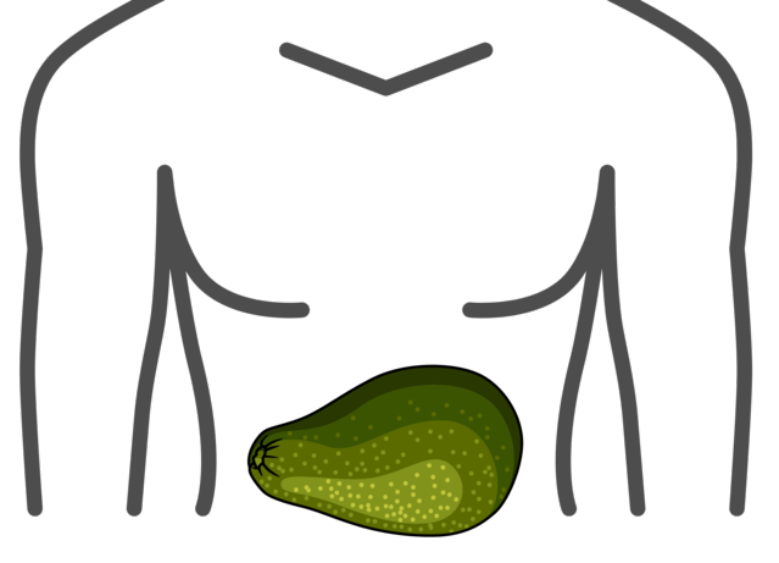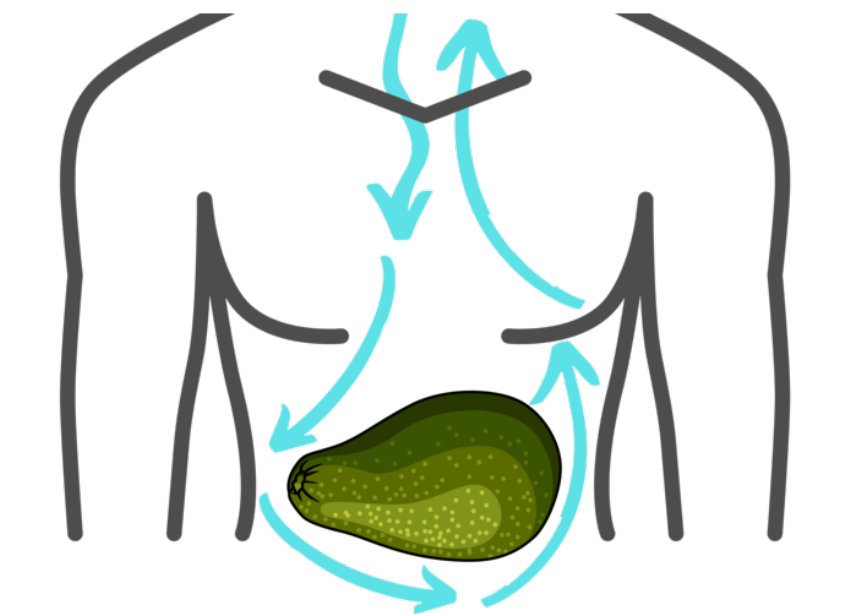Screens are everywhere in the modern world. We hang them on our walls and call them televisions; we haul them in our book bags and call them laptops; we carry them in our pockets and call them smartphones. What is on all of these screens is literally everything we can imagine. Horror movies, and cartoons for your five-year old. Heartbreaking love stories that end in double-suicides (à la Romeo and Juliet), and then, at the click of a button, an analysis of the latest movements of the stockmarket.
And yet, regardless of what’s happening on the screens we carry, the machines delivering the images remain unaffected. Every horror will pass. Every childish nonsense will end. Every loving moment ceases to be, and even the most boring scene eventually finds a conclusion. The shows are always changing, but the screens remain unchanged.
Your thoughts, feelings, memories, and sensations are like clips of a show on screen. Some of them are joyful, and they make you happy and content. Others are horrifying, and they make you anxious and depressed. And yet, sooner or later, they all pass. And just like screens, awareness itself remains unchanged.
It’s easy to get lost in the events on these screens. A good movie might make you forget that you are sitting motionless for hours, doing nothing but staring straight ahead. And in similar ways, you can get lost in your own experiences, without noticing you are experiencing them. That can be fun when you are watching a movie in a safe place. It can be a nightmare when you are lost in repetitive mental patterns that have become so omnipresent and all-consuming, that you forget that you are an awareness at all.
In a sense you forget you even exist. You become the story and the clips on the screen. Once there, life is on autopilot and the direction of life is based on mindless habits alone.
It takes almost nothing to break their spell and to return a capacity to choose. Just notice what is showing up. And then name them, with an attitude of appreciative curiosity. That’s it.
“There is anxiety.” “There is a pain in my throat.” “Oh, would you look at that? There is the thought that I will die alone,” Whatever shows up, notice it and name it. Watch your thoughts and feelings unfold like a movie on the screen. Watch it impartially, with an air of calm and careful savoring: an air of appreciation.
Imagine Your Pain as an Object
“Appreciation” comes from a Latin root that means to set a price – to determine a value. When you are curious you bring care to that process. Don’t observe and describe your experiences to dismiss them, nor to believe them – slow down and show up so you can become present to what is. Perhaps you will notice something in your experience that is new or useful, perhaps not. Be open to what you may find. Either way you learn more about your own history and habits of mind. Either way, you show up.
It often helps to imagine your painful thoughts and feelings as an object. So if your pain had a shape, what shape would it be? What color would it have? Does it have an even surface, or a prickly one? How much does it weigh? And where in your body can you sense it? The more specific, the better. For instance, you can imagine your pain as a gigantic avocado.

As you observe your pain (or in this case, your avocado), breathe out slowly. Continue until your lungs are empty, and then pause for three seconds. Then breathe in slowly again, and imagine your breath flowing into and around your pain (or in this case, around your avocado). Continue breathing in this manner, while opening up and making room.

As you are breathing into your pain, continue observing it. Your avocado might get bigger or it might get smaller. It might stay or it might go. Believe it or not, both are fine. This is not about making your pain disappear, but about learning to be with it, without it dictating your life. You can stop the fight, and instead re-engage with the world around you and do what really matters to you.
Cultivating A New Technique
Just like any other skill, learning to make room for difficult thoughts and feelings will require practice. It can feel awkward at first, but will become more natural the more often you do it. Every time pain shows up, notice it, name it, and then observe what happens, with an attitude of appreciative curiosity. You can imagine the shape and color of your pain, as well as where in your body it is located. And once you have it visualized, breathe into it, open up, and make room.
The World Health Organization (WHO) has published a wonderful self-help protocol that helps you learn more about why this technique is effective, as well as provides other free tools and techniques for dealing with stress of any kind (click here to access it). Note that this article is part 5 of a five-part series that roughly parallels the WHO program. Click here to read part 1, here for part 2, here for part 3, and here for part 4. Be well, and consider sharing this resource.







